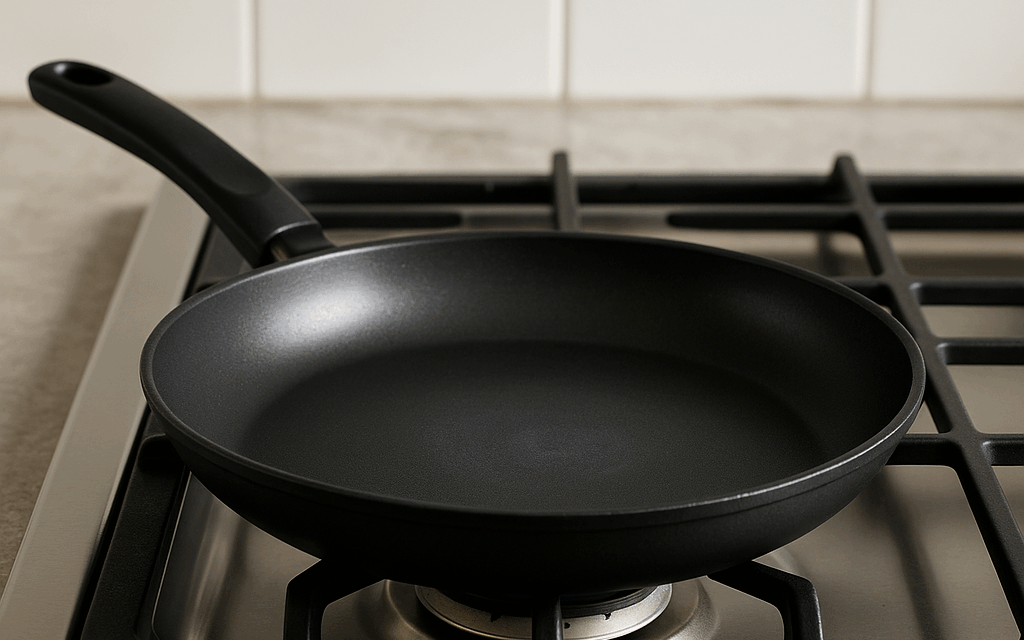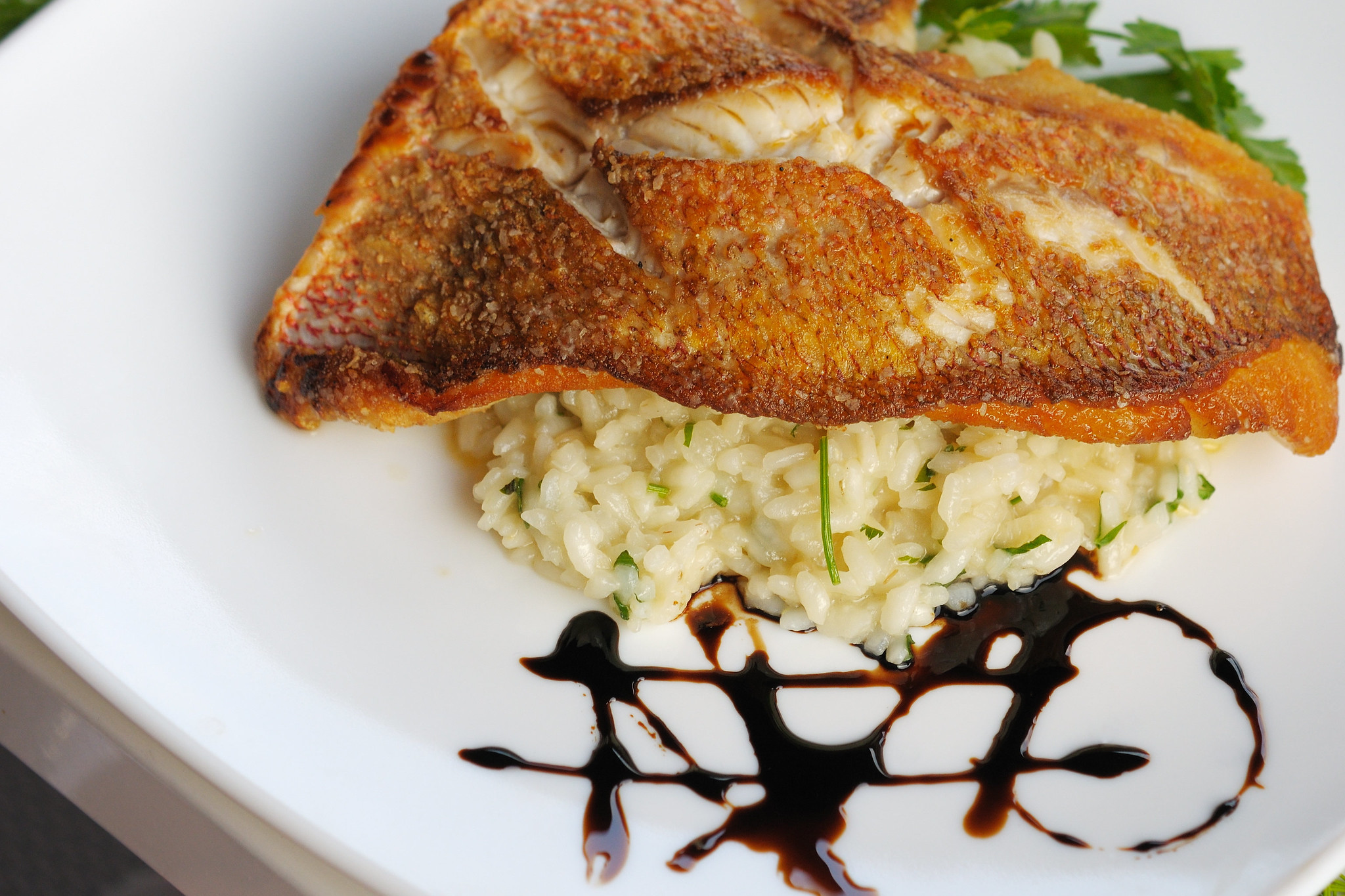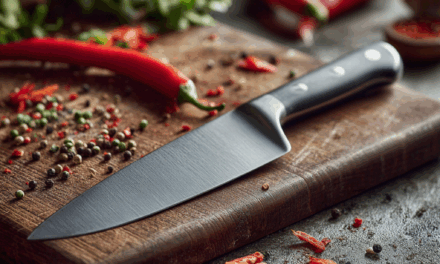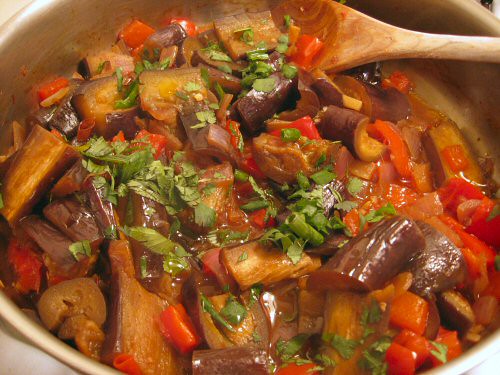Knowing when your pan is properly heated is one of the most fundamental yet overlooked cooking techniques. Whether you’re searing steak, sautéing vegetables, or making pancakes, temperature control is key to achieving perfect results. Going back to basics, here’s how to master the art of checking if your pan is hot enough—without guesswork.
The first step is to preheat the pan before adding oil or food. Place your pan over medium heat for a few minutes. The material of your pan matters—stainless steel and cast iron take longer to heat but retain heat well, while nonstick pans heat more quickly.
Next, use the water drop test. Sprinkle a few drops of water onto the pan’s surface:
- If the water sits and slowly evaporates, the pan is still too cold.
- If it sizzles immediately and evaporates, the pan is hot enough for sautéing.
- If the droplets dance or roll across the surface, it’s ideal for searing—this is the “Leidenfrost effect,” where water vapor creates a cushion between the droplet and pan, signaling optimal heat.
When adding oil, observe it closely. Cold oil will pool thickly, while properly heated oil will shimmer and flow smoothly across the pan. If it begins to smoke, the pan is too hot.
Mastering pan temperature helps prevent sticking, promotes even browning, and enhances flavor. By understanding the visual and auditory cues of a hot pan, you’ll gain greater control and confidence—turning everyday cooking into precise, consistent success.






